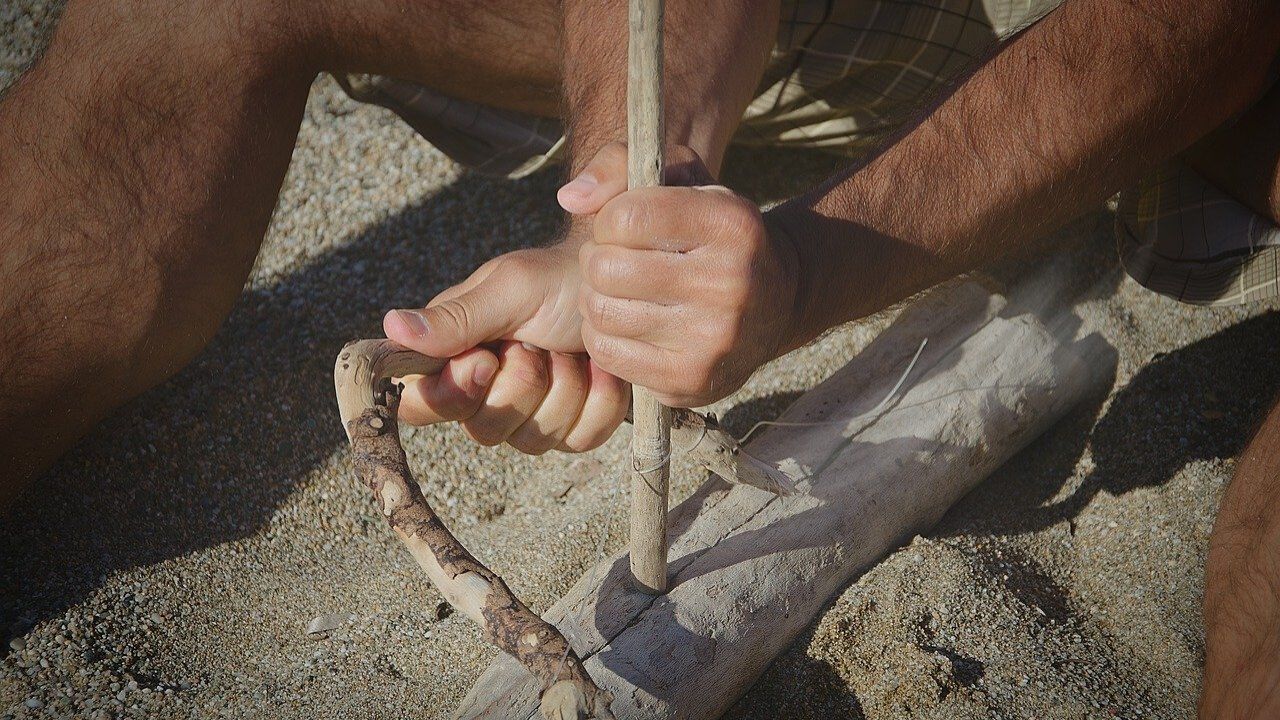
There are several ways to make a shelter in the wild. First of all, look for an existing structure. Sometimes, natural elements can act as a shelter by themselves. If you find a partially-built structure, you can save time and effort by filling in the missing parts.
Fallen tree shelter
Fallen trees make excellent shelter in the wild, but you must be careful when you choose a location for a fallen tree shelter. If you choose the wrong tree, the shelter may not be safe for you or other animals. When setting up a tree shelter, avoid placing it near any large tree with broken branches. A fifty-foot hardwood tree weighs around 2,000 pounds and can fall on you, pinning you or killing you. That's why you need to be very careful about the tree you choose.
You can also construct a shelter with natural elements found in your area. One of the easiest methods is to use a large sturdy branch. This branch should be at least three or four feet high. Another option is to prop up the main branch with two smaller branches. You can also use sticks and other debris to create a lattice effect.
Lean-to shelter
Learning how to build a lean-to shelter in the wilderness is a key wilderness survival skill. You'll need to gather supplies that are not easy to find. Using natural materials can be the best way to build a lean-to shelter in the wild.
The lean-to shelter is a basic temporary shelter made by leaning branches against a horizontal support. The structure is then covered with evergreen branches to protect against the wind. To add extra protection, you can pile leaves on top of the branches. Depending on where you are, you can also add side walls to the lean-to to create a cave or snow shelter.
Uprooted tree shelter
First, you need a large, sturdy branch. This branch should be at least three to four feet above the forest floor. Next, you need a strong 12 to 15 foot ridge pole. The ridge pole should form a 30-degree angle with the ground. The ridge pole can be a fallen tree or another sturdy pole. Once you have a sturdy ridge pole, you can place the branch against a three to four foot high stump.
An uprooted tree can provide shelter and protection from the elements. The natural cavity will capture heat and serve as a windbreak. In addition, the branches of the tree can serve as firewood.
Fallen tarp shelter
A tarp shelter is a simple structure that can be constructed with stakes, rope, large rocks, and a tarp. Its simplicity makes it the best choice for hot summer nights, but its lack of wind and weather protection makes it unsuitable for heavier rainstorms.
A tarp is a good place to rest if you're caught in the wild. It's also a good ground sheet, protecting you from dampness and dirt. It's reinforced at corners and has loop points for easy peg-downs. It's also strong, lightweight, and tough.
Did you miss our previous article...
https://bushcrafttips.com/bushcraft-survival-skills/bushcraft-projects-for-beginners
 What is BushcraftSurvival SkillsToolsVideosBushcraft CampsBushcraft KitsBushcraft ProjectsPrivacy PolicyTerms And Conditions
What is BushcraftSurvival SkillsToolsVideosBushcraft CampsBushcraft KitsBushcraft ProjectsPrivacy PolicyTerms And Conditions
